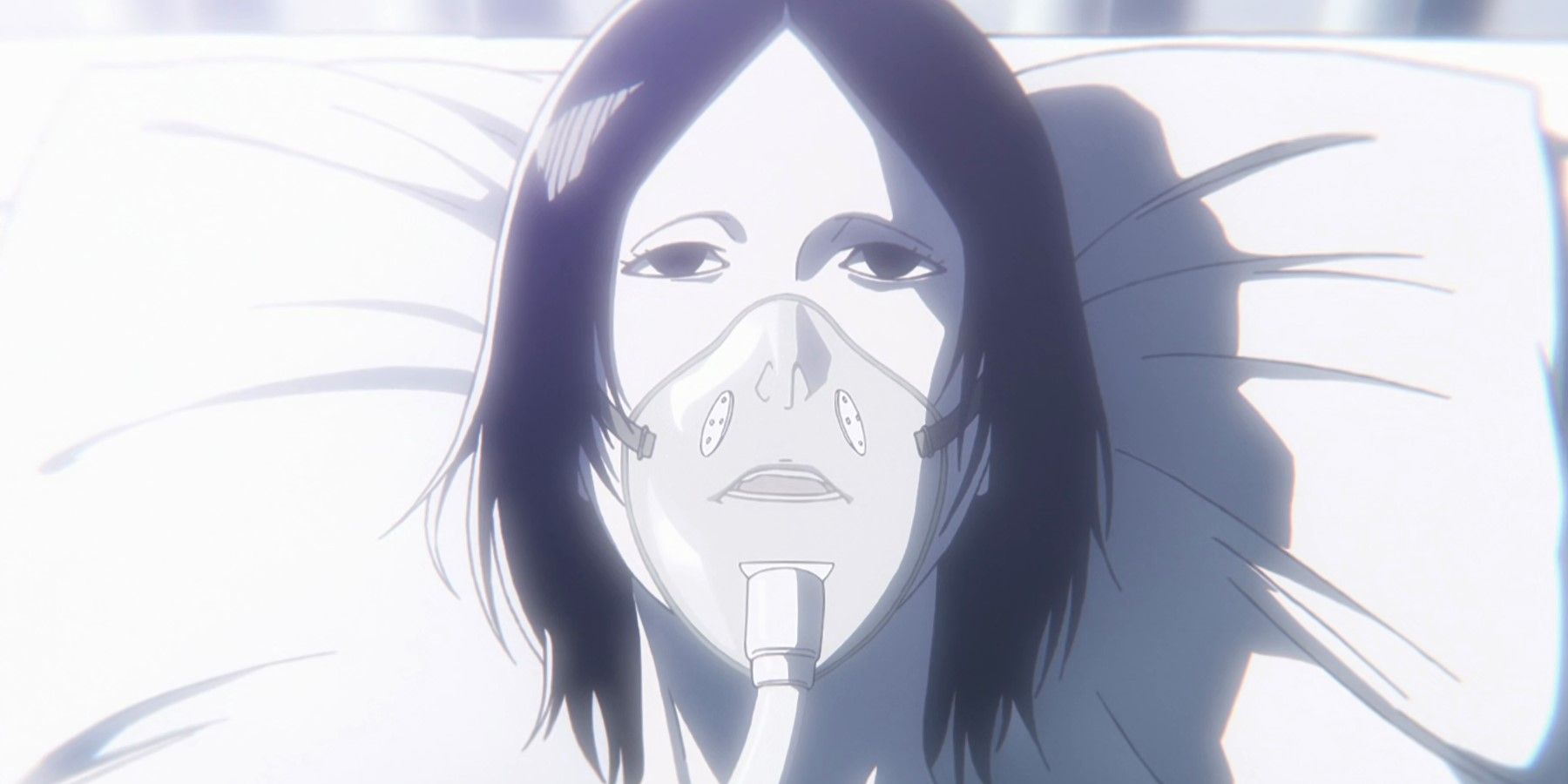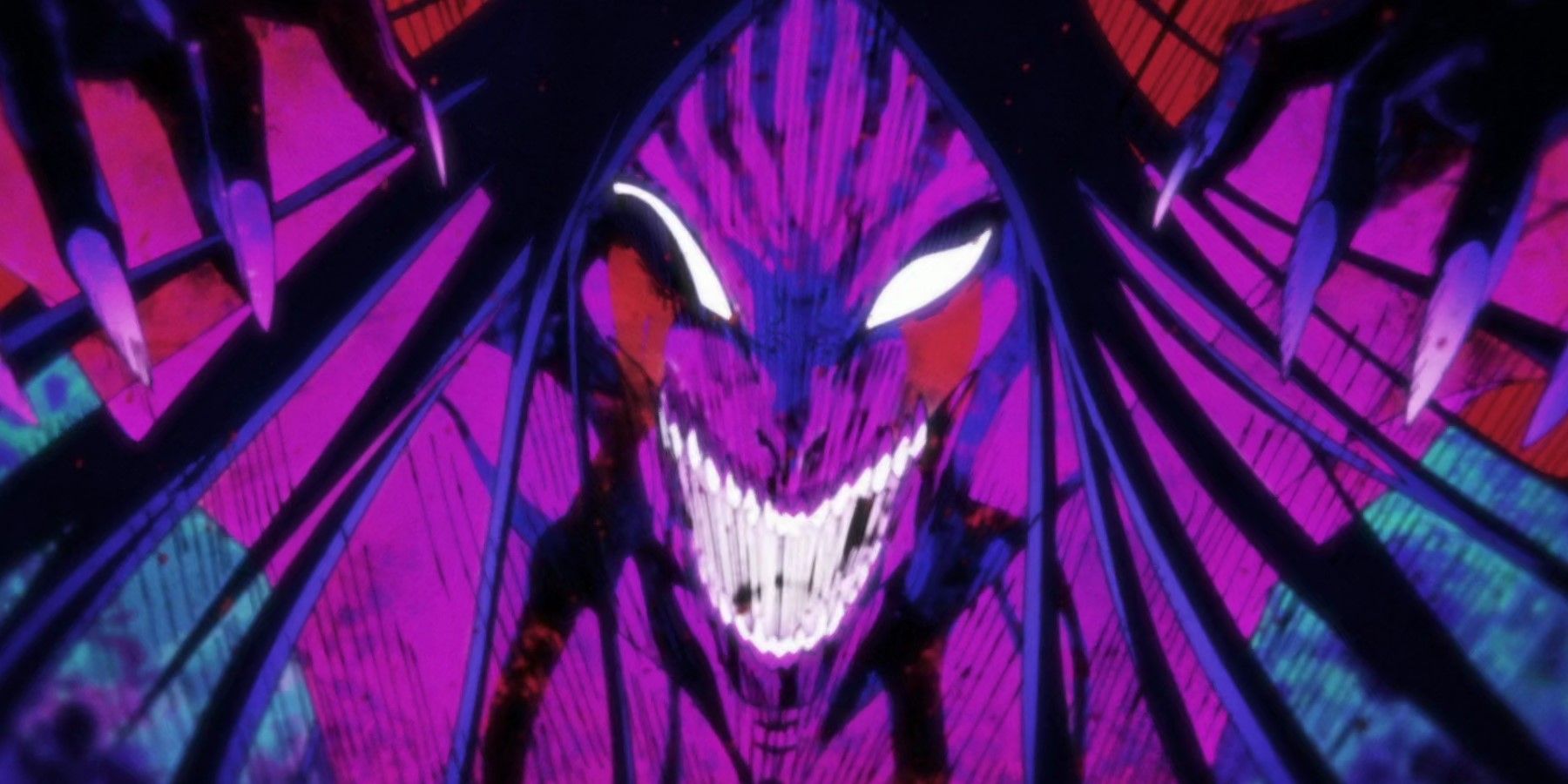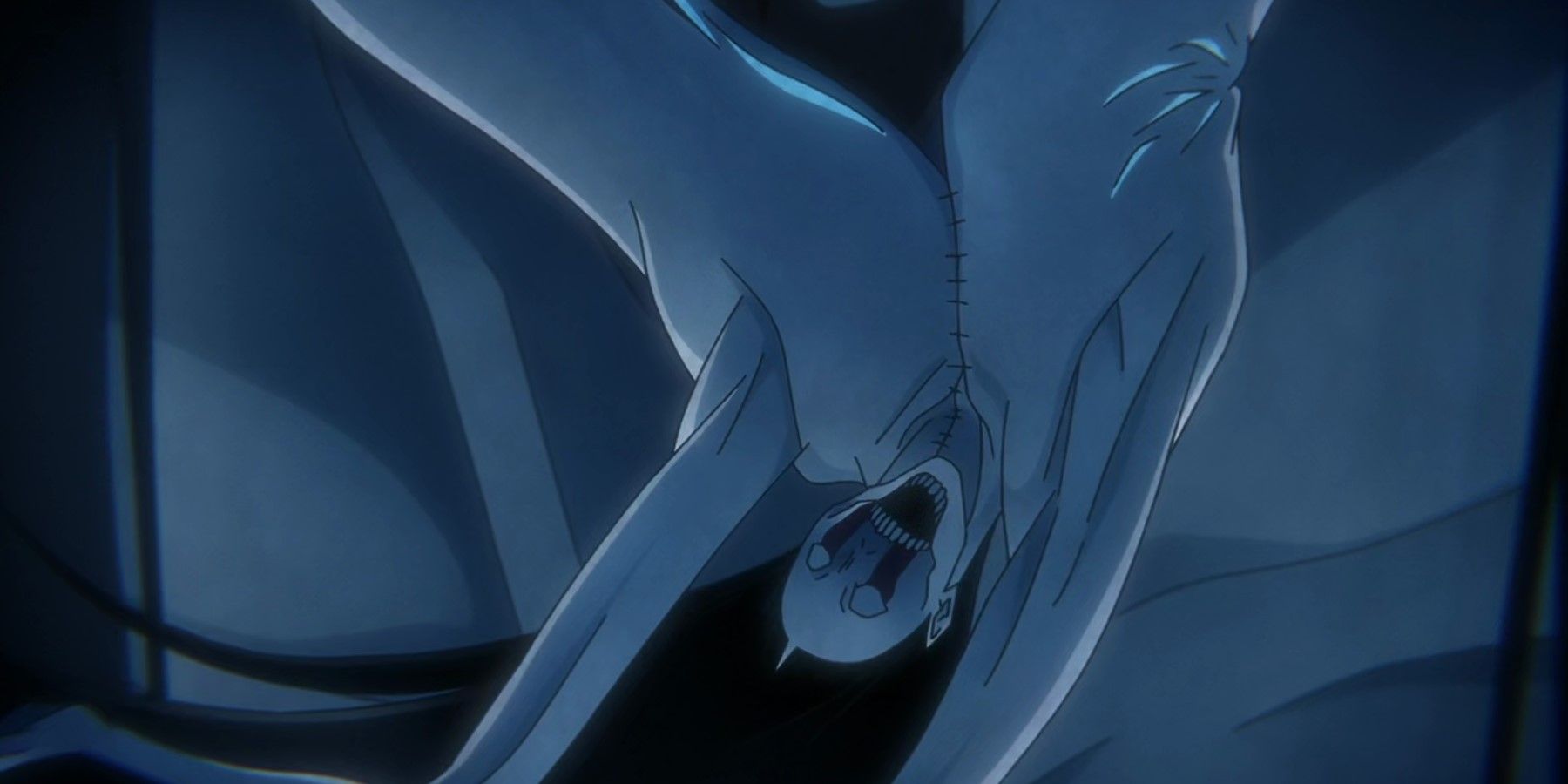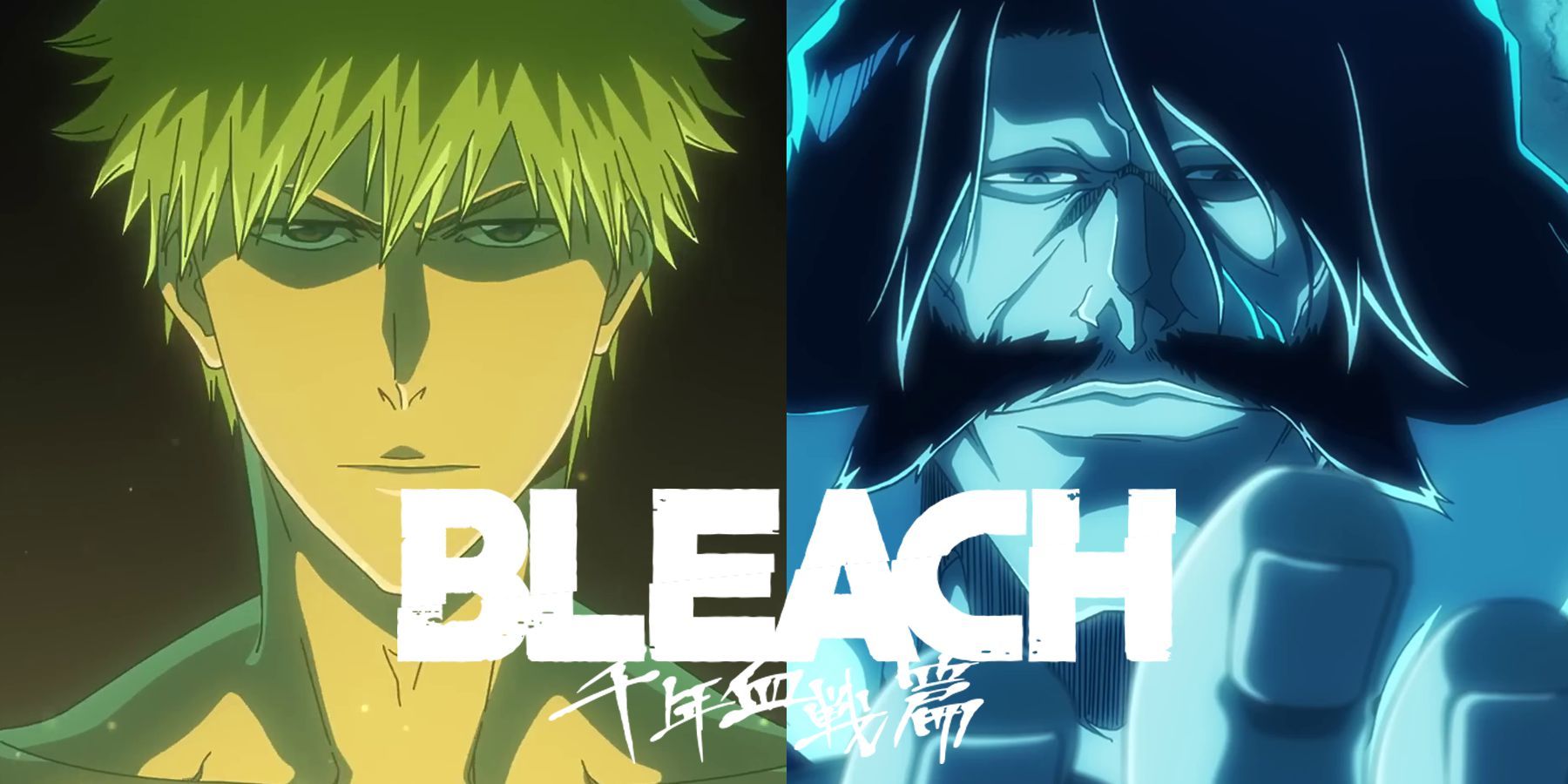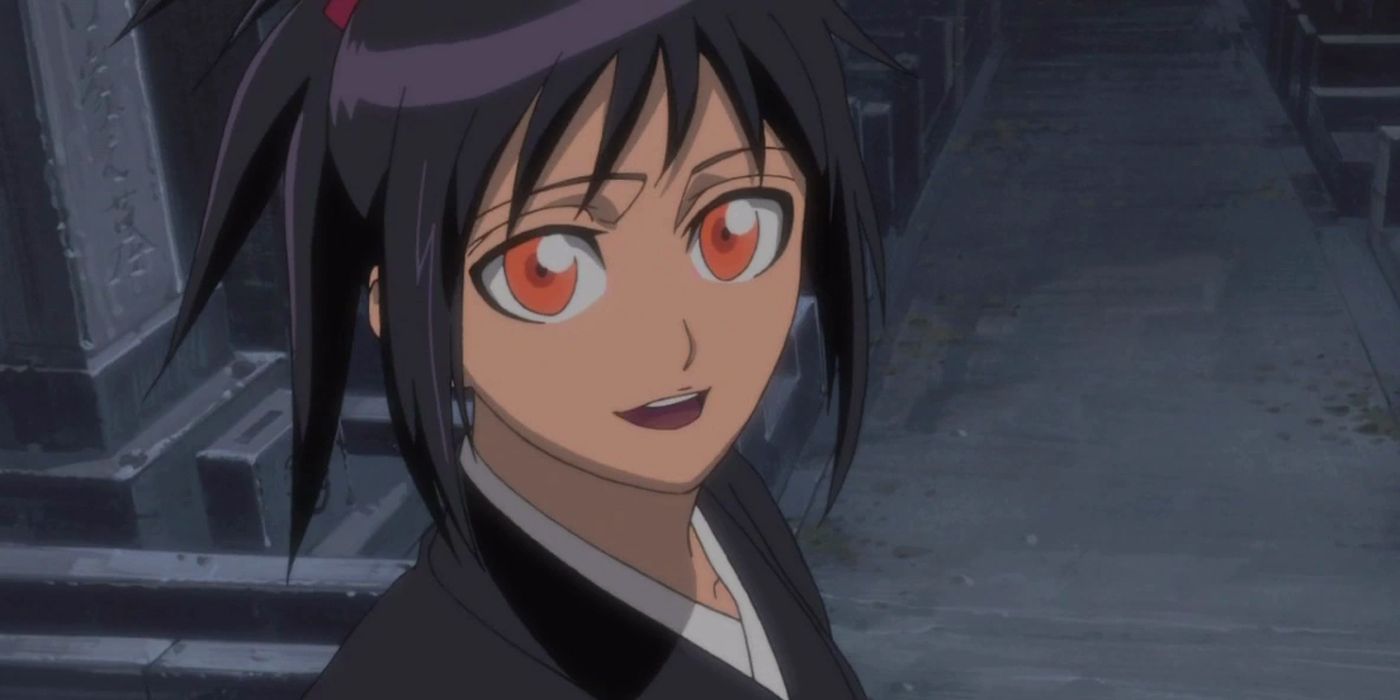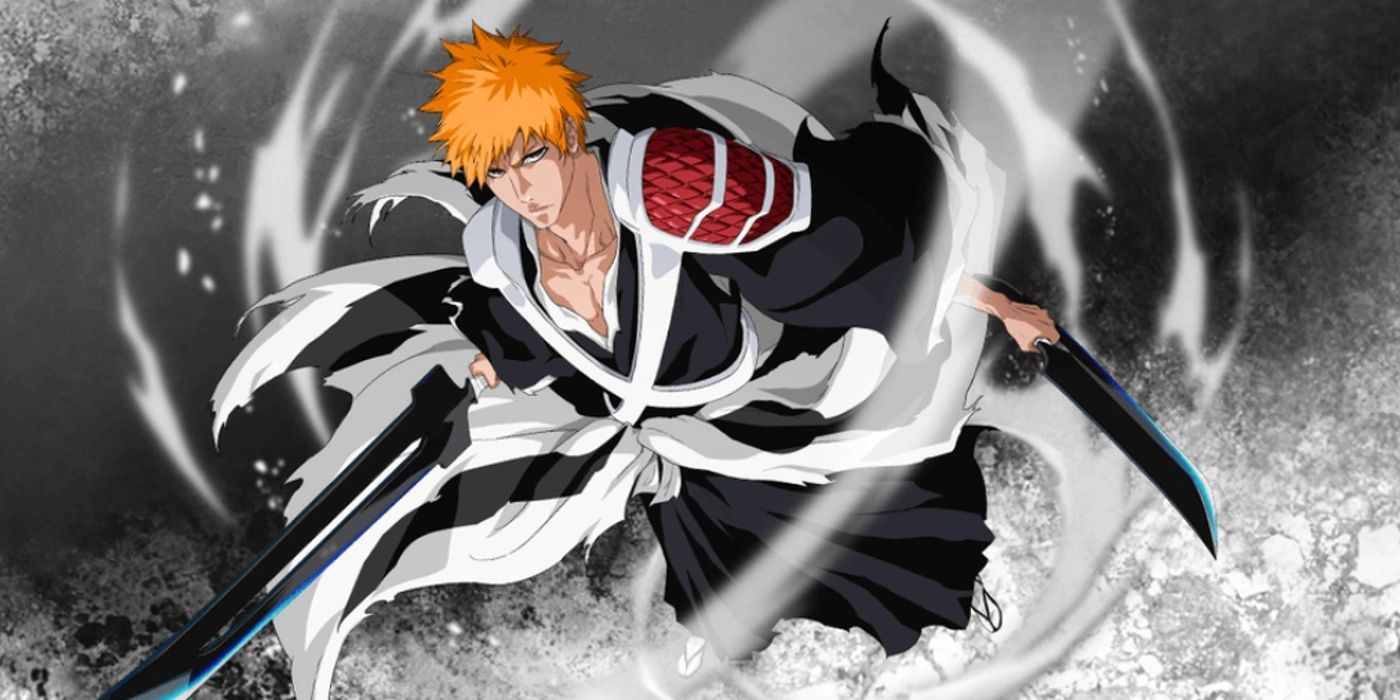
Unveiling the Enigmatic Powers of Äs Nödt's Name and Schrift in BLEACH: Thousand-Year Blood War Part 2

A comprehensive analysis of the enigmatic Sternritter Äs Nödt's Schrift and Vollständig, delving deep into the eerie themes of Despair, Creepypasta, Servant's Piety, and the Punishment of the Egregore Uncover the true power and significance behind Äs Nödt's name in BLEACH: Thousand-Year Blood War Part 2
Highlights
As Nödt, a member of Yhwach's Sternritter, possesses the ability to induce fear in his opponents, making him deadly in combat.
Nödt's power to evoke fear arises from his personal encounters with despair and imminent tragedy, rendering him a multifaceted and captivating character.
The grotesque manifestation of Nödt's Vollständig transformation is a testament to his religious roots and his dread of divine retribution, enhancing his unsettling and chilling persona.
Warning: The information below contains spoilers for the latest episode of BLEACH: Thousand-Year Blood War Part 2, titled "The White Haze." The episode can be streamed on Hulu and Disney+.
Äs Nödt, a formidable Quincy and member of Yhwach's Sternritter, possessed an extraordinary power: the ability to instill fear in his opponents. During the initial attack on the Seireitei in the first part of BLEACH: Thousand-Year Blood War, he made use of this ability to thoroughly defeat Byakuya Kuchiki, the Captain of the 6th Squad and one of the strongest Shinigami in the Gotei 13. However, his reign came to an end when Rukia unleashed her powerful new Bankai and successfully vanquished him.
Despair From the Dark
Äs Nödt, bestowed with the Schrift "F" by His Majesty Yhwach, earned the epithet "The Fear" as a representation of the profound emotional state that all living beings share. For Äs Nödt, fear intertwined seamlessly with the essence of existence itself. The inquiry now arises: Who exactly is Äs Nödt and how does his extraordinary ability mirror his character?As Nodt Flashback - BLEACH Thousand-Year Blood War Part 2 Episode 6
Äs Nödt, originally an ordinary human, had a difficult life tied to life support machines in a hospital, struggling to breathe. With no hope of improvement, each passing day increased Äs Nödt's despair as he labored to perform even the most basic function of respiration. However, his resignation to his condition also brought about a growing fear of his impending doom, particularly concerning his fate in the afterlife due to his religious beliefs. Just as Äs Nödt's life was slipping away, Yhwach appeared by his bedside and bestowed upon him a fragment of power, saving him from certain death. As a result, Äs Nödt became one of Yhwach's loyal subjects, with his newfound power becoming his utmost concern. Despite the perplexing nature of his name, it seems to have originated from Scandinavian or Germanic roots.
Creepypasta
Rukia's Vision of As Nodt – BLEACH Thousand-Year Blood War Part 2, Episode 6
Äs Nödt possesses the ability to instill fear in his opponents with his reishi thorn weapon, known as F – The Fear. These thorns infect the wounds, causing uncontrollable visions and hallucinations that leave the target paralyzed with fear. However, individuals with strong willpower can partly overcome this effect, and those who can put themselves in a death-like state are unaffected. It is important to note that those without any fear are completely immune to Äs Nödt's power. Rukia Kuchiki, using her Zanpakutō's freezing abilities, enters a state where she is impervious to fear. During their confrontation, Rukia realizes that Äs Nödt's own fear may be the very thing he cannot experience, leading to his defeat. Äs Nödt's unsettling demeanor and his beliefs about the inevitability of his Fear add to his creepy and horrifying presence.
Servant's Piety
As Nodt's True Form – BLEACH Thousand-Year Blood War Part 2 Episode 6
The fear-inducing ability of Äs Nödt does not necessarily stem from its target. When Äs Nödt activates his Vollständig, his pale and wiry frame transforms into a grotesque and sinister-looking form. However, it is Rukia's insistence that she has caused him to fear for his life during their battle that drives him to this point. As Sode no Shirayuki immobilizes him, Äs Nödt reflects on his pitiful existence, connected to life support machines that sustained him but failed to alleviate his pain and difficulty in simple tasks like breathing. Fear and despair consume him as he contemplates his fate in the afterlife. It is at this moment that Yhwach appears, granting him the fragment of power that would become the Schrift, "F". Overwhelmed with anger, Äs Nödt proclaims that he only fears being "rebuked" by Yhwach and activates the Quincy: Vollständig "Tatar Foras," also known as "The Fear of God" in Japanese, 神の怯え or "kami no obie."
The origins of the phrase "Tatar Foras" are unclear but seem to combine elements from "Tartarus," an underworld location in Greek Mythology, and Foras, one of the 72 demons mentioned in the Ars Goetia, known as a "president" of Hell who teaches logic and ethics. The name "Foras" comes from the Latin word "foras," meaning "outside," implying that "Tatar Foras" represents a demon recently emerged from Hell with strong moral beliefs. In Christianity and other monotheistic religions, a "fear" of God denotes true piety and is not necessarily a conventional fear but rather a sense of awe and complete submission to a deity. Äs Nödt's connection to piety and submission to Yhwach, whom other Quincies view as god-like, aligns with this concept. However, in certain contexts, the fear of God specifically refers to the fear of divine punishment, which more accurately represents Äs Nödt's character. His Vollständig appearance reflects his religious origins, as well as the universal fears of humanity, particularly his own fears stemming from his severely damaged body.
Punishment of the Egregore
Äs Nödt's Vollständig activation is grotesque. His internal organs burst out of his body before violently snapping back into place with a swift suture job, resembling the sound of a zipper. A massive gash extends from his throat, causing him to scream in agony and righteous indignation. The sutures on his throat tighten, choking out his voice. The suggestion that he could be scared before anyone but Yhwach causes his irises to rapidly roll back and forth, eventually revealing the 5-pointed starcross of the Quincies. Blood pours from his eyes as he undergoes this mutilating transformation.
This transformation is accompanied by incredible sound direction. Äs Nödt's appearance is reminiscent of the Japanese urban legend of Kuchisake-onna, known as the "Slit-Mouthed Woman." This malicious spirit takes on the form of a woman with a sinister and bloody smile, as her lips are slit all the way to her ears. It is said that she would ask her victims if they think she is beautiful before revealing her unsettling toothy grin, extended by her mutilation, and asking again.
After his transformation, Äs Nödt's mouth takes on a more monstrous appearance, reminiscent of the urban legend mentioned earlier. The most notable feature of Tatar Foras' look is Äs Nödt's Heiligenschein adorned with a star encircled by barbed wire - or more likely, a crown of thorns, reflecting his religious inclinations. His wings also resemble thorn crowns, and a mysterious black substance, possibly the embodiment of fear itself, covers his hands up to the forearms like long gloves. Essentially, the Vollständig combines the explicit Christian symbolism represented by the Quincies and Yhwach, along with Äs Nödt's own fear of eternal damnation, which in this instance is simply losing favor with the Quincy King. What truly defines Äs Nödt's character is not only his even more grotesque and enormous form but also his defeat at the hands of Rukia's Hakka no Togame. Ultimately, the Bankai's name translates to "Censure of the White Haze," where "censure" signifies punishment, or more aptly, a "rebuke" as terrifying as the one Äs Nödt dreaded from the depths of his soul.
